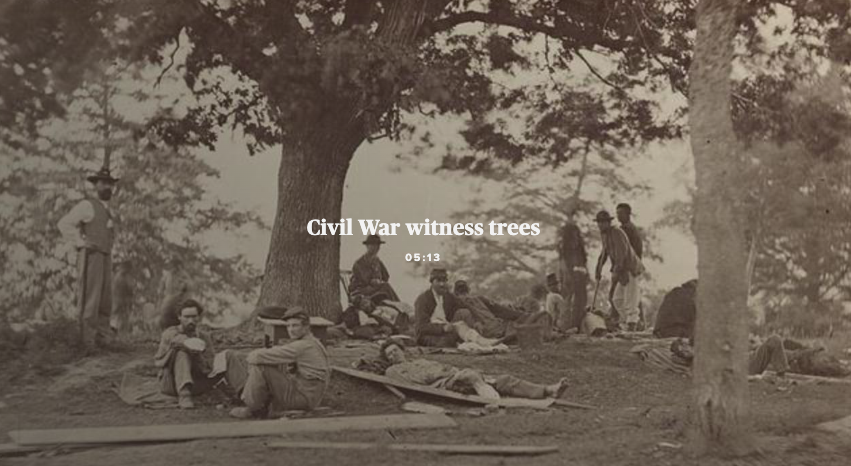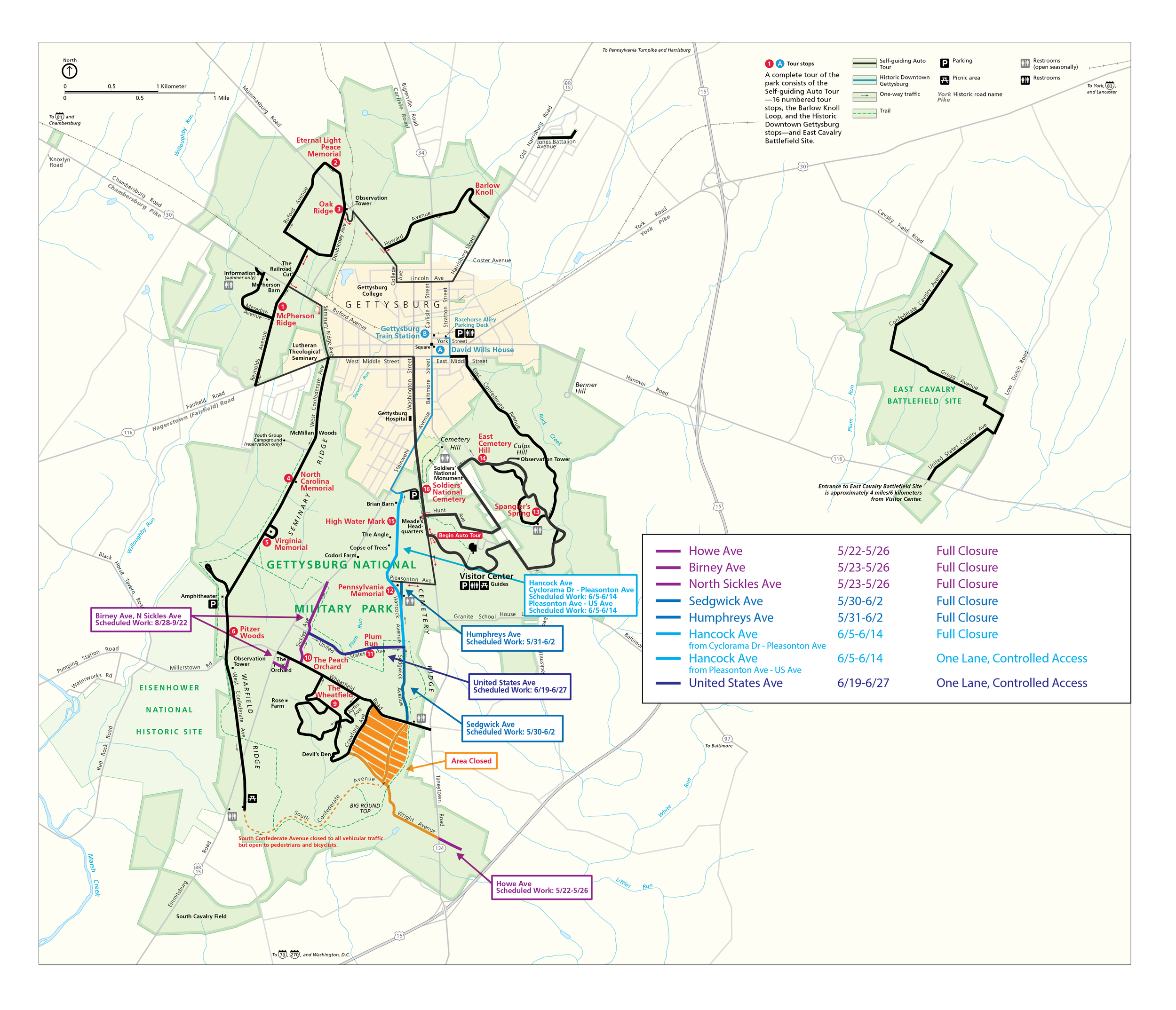From History.com
BY: BOB ZELLER PUBLISHED: JANUARY 6, 2022
The Civil War was the deadliest of all American wars. No one disagrees with that. But how many died has long been a matter of debate.
For more than a century, the most-accepted estimate was about 620,000 dead. A specific figure of 618,222 is often cited, with 360,222 Union deaths and 258,000 Confederate deaths.
This estimate was not an unreasoned guess, but a number that was established after years of research in the late 19th century by Union veterans William F. Fox, Thomas Leonard Livermore and others. Their work involved an exhaustive examination of army documents, muster rolls, cemetery records, census records, pension records and other resources and documents. In 1900, Livermore published a 171-page book of his work, Numbers and Losses in the Civil War in America 1861-1865.
2011 Analysis Raises Estimate
But in 2011, demographic historian Dr. J. David Hacker published “A Census-Based Count of Civil War Dead,” in the scholarly quarterly, Civil War History, reporting that his in-depth study of recently digitized census data concluded that a more accurate estimate of Civil War deaths is about 750,000, with a range from 650.000 to as many as 850,000 dead.
Hacker, an associate professor of history at the University of Minnesota, believed that a fresh, detailed examination of the numbers from the 1850, 1860 and 1870 U.S. census tabulations might reveal a massive reduction for the young male population in 1870 that would reflect the human toll of the war. And that is what he found. Hacker’s research concluded that the normal survival pattern for young American men from 1860 to 1870 was far less—by about 750,000—than it would have been had no war occurred.
Civil War History called Hacker’s findings “among the most consequential pieces” it has ever published. “It even further elevates the significance of the Civil War and makes a dramatic statement about how the war is a central moment in American history,” said Civil War historian Eric Foner.
“The first thing to stress is this is an estimate of the number of men missing in 1870. It is adjusted for possible census undercount and other things,” Hacker tells HISTORY. “It is not an estimate of the number of people who died on the battlefield. And why are these men missing? I think the only reasonable reason they're missing is because of the Civil War.”
Lack of Written Records Present Challenge
SSPL/GETTY IMAGES
A PRINT OF A DEAD SOLDIER AT DEVIL'S DEN ON THE BATTLEFIELD AT GETTYSBURG, BY ALEXANDER GARDENER (1821-1882) FROM A NEGATIVE PRODUCED BY TIMOTHY H O'SULLIVAN (1840-1882). THE DEVIL'S DEN WAS THE SCENE OF BITTER FIGHTING DURING THE SECOND DAY OF THE BATTLE OF GETTYSBURG.
Many Civil War historians have believed the 620,000 estimate to be too low, especially on the Confederate side, given the lack of written records and the estimate’s questionable assumption that men in the Confederate army died of disease at the same rate as men in the Union army.
“I think that there's been a long, long belief among historians that the numbers that we've been citing for a century or more are not based on solid data but were in fact, crude estimates that were likely to be underreported,” Hacker says. “And for that reason, I think, the results of my study verified in some people's minds exactly what they had long suspected.”
The American Battlefield Trust, however, says it will continue to cite the estimate of 620,000. It praised Hacker’s initiative, but said his estimated range of 650,000 to 850,000 “is very broad, includes civilian casualties, and is not directly linked to the war years of 1861-1865.”
“They say, ‘How can you publish a number with that big of a possible error range (650,000 to 850,000)?’” Hacker says. “So they’re going to stay with a number that we all know is CLICK HERE FOR THE FULL STORY















